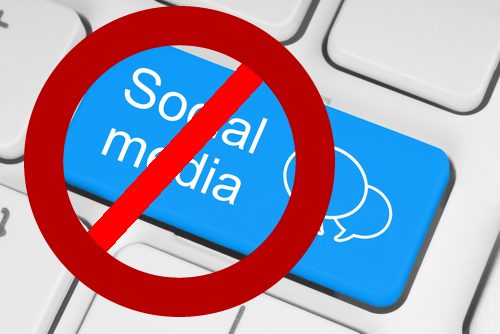The social media comprises of various popular networking websites such as twitter, Facebook, and LinkedIn (Evans, 2012). It promotes social interactions among individuals since they can engage in conversations. It also allows people to share information easily. The growth of the social media has been robust worldwide and has brought a shift in the way people communicate. Social media is phenomenal with millions of people using it actively and in their daily activities. It is seen as the future of communication with humongous benefits that extend even to the workplace. The social media has both its pros and cons however, this all depends on the manner in which it is used. The role the social media plays cannot be ignored and so the move to deter the use of social media can be detrimental to any organization. Therefore, this paper will argue the case against banning the social media in the workplace. The paper will focus on the benefits of the social media to the workplace.
First, the social media provides organization employees with a great platform for social interaction and engagement. Most organizations are divided into various departments. This implies that employees working for the same organization can be stationed in different offices, different cities, or even different countries. The social media allows such employees to interact freely with their counterparts and share ideas. For instance, in an organization that has numerous offices spread across the country, employees who are logged into the organization social site can interact freely and share ideas and information that relate to their work. The employees may not have the luxury to communicate directly either through face-to face or through phone calls. The social media provides a cost effective and instant way through which the employees can engage with their counterparts regardless of their geographical location. It is cost effective in the sense that it only requires the users to have an access to the internet through their mobile devices or the company’s computers. They only need to log in to the preferred social site and interact for unlimited time. However, the employees should not spend most of their work time in the social network. In short, in a way, the social network help boost the morale of the employees since it allows them to interact freely and bond with their counterparts.
Secondly, the social media fosters efficient coordination in the workplace. Most organizations have built customized internal social networks for their employees (Couldry, 2012). The internal social network allows the employees to consult each other about various issues that relate to their work. For instance, an employee may encounter a problem sorting an issue raised by a particular client. Such social networks may allow him/her to consult their counterparts with experience and knowledge about that particular issue. Therefore, the social media is of great use and benefit in any organization since it allows the employees to serves their client better by allowing them to share ideas with their knowledgeable and experienced counterparts. As a result, service delivery is improved and the clients are satisfied. Banning the use of the social media can have dire effects on the organization communication. Most organizations develop their internal social network mainly to boost communication among the employees. In addition, these social networks provide a convenient and instant way through which the organization management can communicate informally with the employees. Therefore, this allows the management to provide feedbacks to the employees in a timely manner. In addition, by allowing the employees to interact freely with the organization management, the internal social network help lower the staff turnover rate since they feel appreciated or wanted in the organization.
Thirdly, the social media is a highly effective advertising tool to market the organization’s products and services. In addition, the organization often incurs no cost advertising their products or services over the social media. A company seeking to market its product on the social media needs to establish its presence in these social networks and sensitize the users in the social networks on the products and services offered. According to recent statistics, approximately 95% of individuals with internet-enabled gadgets belong to either one or more social networks (Couldry, 2012). Therefore, this means that organization harnessing these social platforms to market their products and services have access to an expansive market with potential customers. Therefore, by building profiles on the social networks such as Facebook or Twitter, organizations can reach out to a broad audience. Some organization, have gone a notch higher to stir controversy about their products or services in an attempt to gain publicity (Evans, 2012). In most cases, such stunts have elevated the organizations image since the social media allows such controversies to go viral.
Succinctly, although the social media has greatly benefited most organizations, it still can have severe damaging effect if not well regulated. Certain information that can potentially damage an organization image may go viral if exposed to the social media. Therefore, by regulating the information that reach to the social media, organizations can undertake various damage controls measure to minimize the effect of an information leak to the image of the organization. For instance, disgruntled employees may use the social media to spoil the reputation of their former employers. Therefore, the social media can have both benefits and shortcomings depending on the way it is used.







